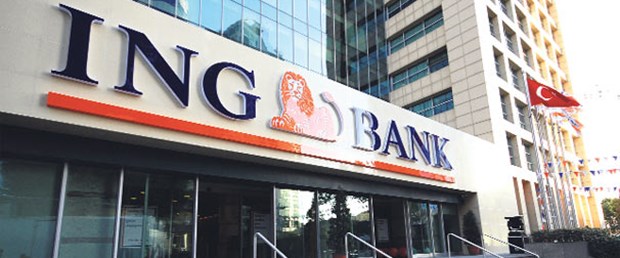
ING tackles robo-advisory conundrum
Research among 15,000 consumers conducted by ING finds that only two percent would trust a fully automated robo-adviser to invest their money on their behalf.
The survey took in the views of 15,000 people in Europe, the USA and Australia and found that one-third of them want no automated financial activities at all. Only two percent would trust a fully automated robo-adviser and only 26% would opt for robo-advice even if they got final approval on all decisions.
According to Nathalie Spencer, behavioural scientist at ING Group Research, people’s views on this new technology can be explained by a reluctance to give up control.
The survey clearly shows that people will still want to feel they have the final say on investment decisions, she says.
“People have a lot of faith in their own ability to make the best decisions,” says Spencer. “It’s up to us now to understand better how we can address that need for control so that people can take advantage of robo-advice’s potential to improve their financial positions.”
Martin Krebs, global head of retail investment product solutions who is coordinating the roll-out of robo-advice within ING from the bank’s German headquarters in Frankfurt, says the current focus is on individuals who already have some familiarity with investing.
“That group understands the advantage automation has to help them easily diversify their portfolios compared to the time-consuming process until now of handpicking investments,” he says.
But he also sees the potential to attract new customers to investing and to overcome any concerns about giving up control.
“For people looking for an alternative to saving, robo-advice provides a level of service that until now that was only available to customers with large investment portfolios,” he points out. “It tailors and manages investments to meet individual needs and risk appetites. That makes it easier to achieve a particular investment goal.
“As for control, the digital age provides people more possibilities to actively follow and steer their investments than ever existed before. It’s up to us now to design products with features that let people do that.“





